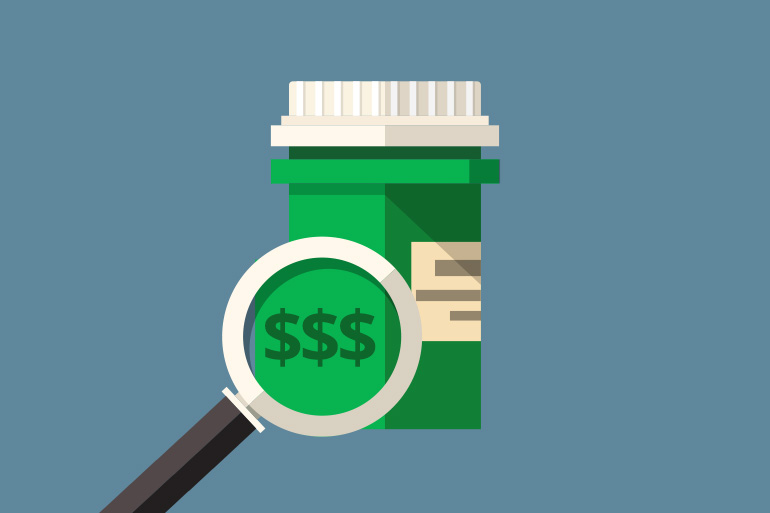In November, California voters defeated a ballot proposal that would have given state government more control over drug prices. It was a victory for pharmaceutical companies, which spent more than $100 million campaigning against the measure.
Now the industry is fighting new efforts by state lawmakers to impose regulations. Drugmakers are watching Senate Bill 17, in particular. Instead of direct price controls, it calls for price transparency. Drug companies would have to announce large price hikes and give detailed justifications to explain why the prices are going up.
“If you can’t understand what’s going on, how could you possibly make efforts to change that?” said Democratic Assemblyman Jim Wood, who chairs the Assembly Health Committee. Wood voted in favor of a similar drug price transparency bill last year that stalled.
Both last year’s and this year’s drug transparency measures were authored by the Senate Health Committee Chair, Sen. Ed Hernandez (D-West Covina). SB 17 is scheduled for a hearing in the Senate Committee on Health on April 19.
Pharmaceutical manufacturers frequently argue that drug prices are high because it’s expensive to conduct the scientific research and development necessary to bring a drug to market.
But Wood says we can’t simply take their word on that.
“I would personally love to know how much they spend on advertising and marketing, versus how much they spend on R&D,” he said.
Drug industry representatives and researchers visited the state Capitol last Wednesday to meet with lawmakers and underscore their contributions to the California economy. The pharmaceutical industry employs more people in California than in any other state, with 145,880 jobs, said Priscilla VanderVeer, a spokeswoman with Pharmaceutical Research and Manufacturers of America.
VanderVeer said SB 17 won’t do anything to help consumers.
“If the problem is that patients are having a hard time affording their medicines, which we know they are, then let’s come to the table and talk about solutions that can actually help them,” she said.
VanderVeer said one problem is that consumers often must pay the full list price of a drug, even if they are insured.
“Oftentimes when a patient goes to the pharmacy counter and they haven’t reached their deductible, or they have a coinsurance on their drugs, they’re paying that off the list price, not the negotiated rate their insurance has,” she said.
VanderVeer says that doesn’t happen to insured patients in other parts of the health care system.
“I give the example of the hospital. You know the $350 X-ray that your insurance brings down to $50, and then you pay your cost-sharing off the $50. That’s not happening with your drugs, that’s not happening at the pharmacy counter,” she said.
VanderVeer criticized the bill for ignoring other parts of the pharmaceutical supply chain that also affect prices.
“You’ve also got pharmacy benefit managers and insurers who negotiate the price significantly down … and then you also got wholesalers who purchase drugs directly and keep them in their warehouses and disseminate them to pharmacies. And then you’ve got pharmacies,” VanderVeer explained. She said those links in the supply chain account for one-third of the final price.
Assemblyman Wood agrees that California should pay more attention to pharmacy benefit managers. These companies act as middlemen, negotiating purchase contracts with drug manufacturers on behalf of health plans.
Wood has introduced a different bill in the Assembly that would require pharmacy benefit managers to be licensed in California. The legislation would require the managers to disclose information about their business practices, including rebates and hidden “clawback” arrangements that bring profit to them and force patients to unwittingly pay more for drugs.








